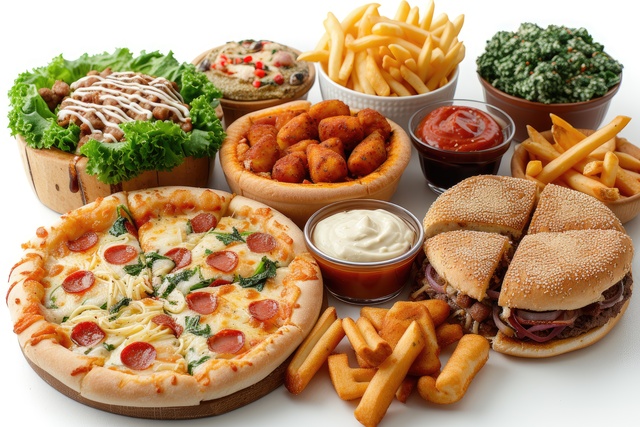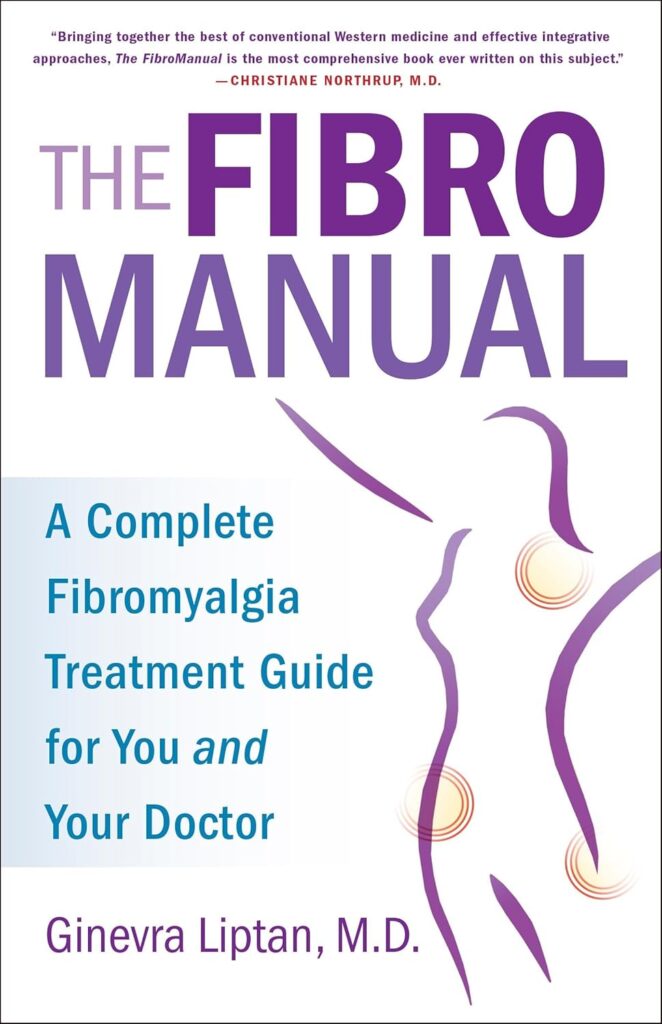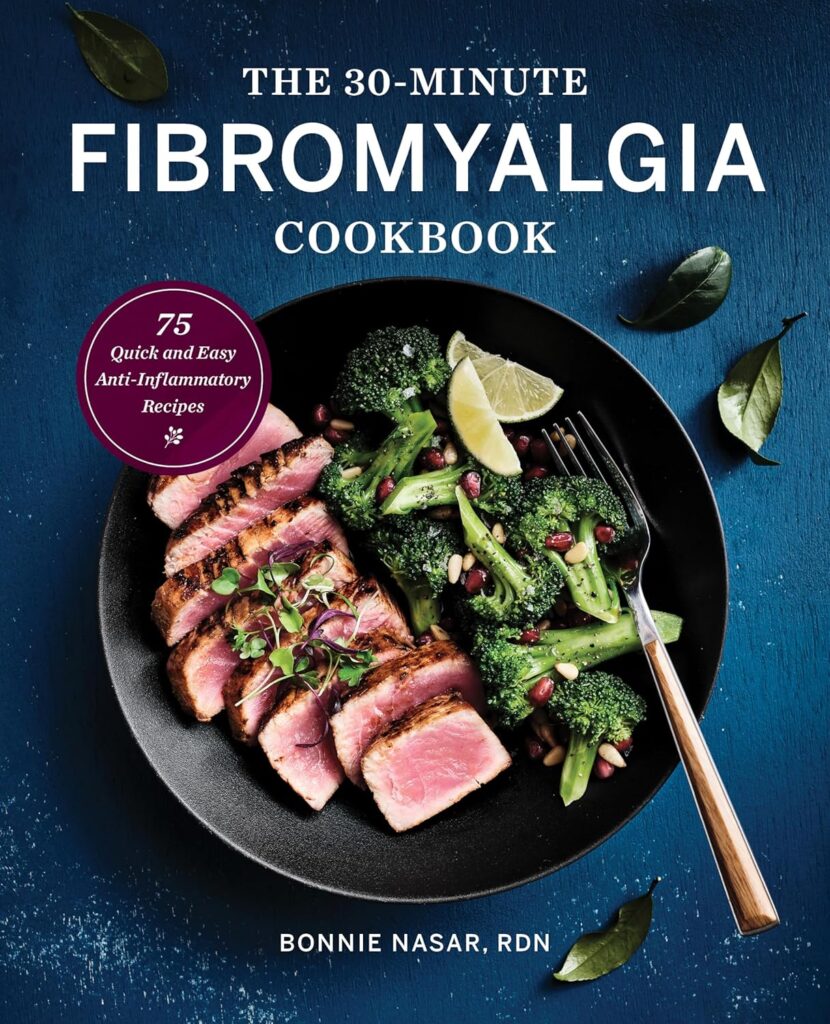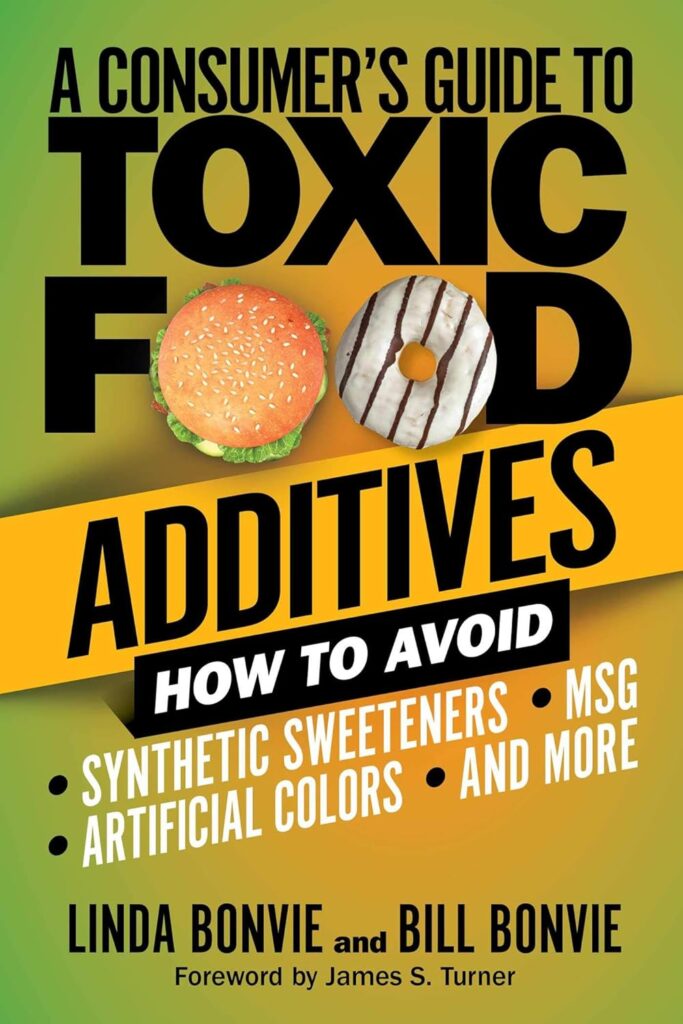Living with fibromyalgia is tough enough without foods that aggravate fibromyalgia making it worse! If you or a loved one struggles with this chronic condition, you’ve probably noticed that certain foods seem to make pain, fatigue, and brain fog even worse.
Well, you’re not imagining it! Some fibromyalgia trigger foods can send symptoms into overdrive, while the right diet can help manage inflammation and discomfort.
Let’s dive into the worst foods that aggravate fibromyalgia and what to eat instead.
Fibromyalgia and Foods to Avoid
Fibromyalgia is a complex condition that affects the nervous system, causing widespread pain, fatigue, and cognitive issues (namely, the dreaded “fibro fog”).
While there’s no one-size-fits-all diet, research shows that inflammatory foods for fibromyalgia can make symptoms worse.
Certain ingredients can spike inflammation, mess with blood sugar, or overstimulate nerves—leading to more pain, fatigue, and stiffness. That is why tracking what you eat and how you feel afterward is so important.

1. Processed and Packaged Foods: A Fibromyalgia Nightmare
Convenience foods might save time, but they can cost you big when it comes to fibromyalgia symptoms. Many processed foods are high in nitrates, preservatives, and artificial ingredients all of which can trigger inflammation.
| Worst Offenders | Better Choices |
| Packaged snacks (chips, crackers, frozen meals) Fast food loaded with preservatives Processed meats (hot dogs, deli meat, bacon) | Fresh, whole foods with simple ingredients Lean, unprocessed meats or plant-based protein sources like fresh turkey or chicken Homemade meals using fresh ingredients |
2. Sugar: A Sweet Disaster for Fibromyalgia
Too much sugar isn’t just bad for your waistline—it can also make fibromyalgia pain worse. High sugar intake leads to blood sugar spikes and crashes, triggering fatigue and increasing inflammation.
| Worst Offenders | Better Choices |
| Candy and baked goods Sugary cereals Soda and fruit juices loaded with sugar | Naturally sweet foods like berries Stevia or monk fruit as natural sweeteners Whole grains that help maintain steady blood sugar |
3. Gluten: A Hidden Trigger for Some
Some people with fibromyalgia and gluten sensitivity notice their symptoms improve when they cut out wheat products.
While not everyone with fibromyalgia needs to go gluten-free, it is worth experimenting to see if it makes a difference.
| Worst Offenders | Better Choices |
| White bread and pasta Cakes, cookies, and baked goods Many processed snacks | Whole grains like quinoa or brown rice Gluten-free bread and pasta options More fresh fruits and veggies to replace processed carbs |
4. Fried Foods that Aggravate Fibromyalgia
Fried foods are loaded with trans fats which can increase inflammation
| Worst Offenders | Better Choices |
| French fries Fried chicken or any fried protein(beef, turkey, fish etc) Onion rings | Baked, grilled or air fried as an alternative Baked, grilled or air fried as an alternative Baked, grilled or air fried as an alternative |
5. Dairy: A Common Culprit in Fibromyalgia Flare-Ups
For some, dairy and fibromyalgia flare-ups go hand in hand. Dairy can cause inflammation, digestive distress, and increased pain. Some people with fibromyalgia experience worsened muscle pain and bloating from dairy.
| Worst Offenders | Better Choices |
| Whole milk and heavy cream Cheese (especially processed varieties) Ice cream and yogurt with added sugar | Almonds, almond milk, oat, or coconut milk Dairy-free cheeses and yogurts Lactose-free dairy, or plant-based options Nutritional yeast as a cheese substitute |
6. Artificial Sweeteners: A Hidden Danger
Think diet sodas and sugar-free treats are the answer? Not so fast. Fibromyalgia and artificial sweeteners don’t mix well. Some artificial sweeteners may overstimulate nerve receptors, leading to increased pain and fatigue.
| Worst Offenders | Better Choices |
| Aspartame (found in diet sodas) Saccharin and sucralose (in diet sodas, sugar-free candies and gum) Some protein bars with sugar substitutes | Natural sweeteners like honey or maple syrup (in moderation) Stevia-based sweeteners Unsweetened herbal teas for flavor without the sugar rush |
7. Caffeine: Friend or Foe?
Some people with fibromyalgia and caffeine sensitivity find that too much coffee, tea, or soda worsens their symptoms. While caffeine can provide a short-term energy boost, it often leads to energy crashes, muscle pain, and disrupted sleep. While it might provide a short energy boost, too much caffeine can disrupt sleep and worsen fatigue.
| Worst Offenders | Better Choices |
| Coffee (especially if consumed in large amounts) Energy drinks, soda, chocolate Highly caffeinated teas | Herbal teas or decaf options Water infused with fruit for a refreshing, natural boost Green tea (in moderation) for a gentler caffeine option |

8. Nightshade Vegetables: A Surprising Trigger
Not all veggies are created equal! Some people with fibromyalgia and nightshades find that tomatoes, potatoes, peppers, and eggplants increase their pain levels due to their natural alkaloids.
| Worst Offenders | Better Choices |
| Tomatoes (including sauces and ketchup) Potatoes (white, not sweet) Peppers (especially hot varieties) | Leafy greens, carrots, and zucchini Sweet potatoes instead of white potatoes Alternative sauces without tomato bases |
Conclusion: Food that Makes Fibromyalgia Worse
Managing fibromyalgia symptoms isn’t just about medication—it’s also about what’s on your plate. By avoiding foods that aggravate fibromyalgia, you can reduce inflammation, stabilize your energy levels, and feel better day to day.
Start slow. Try eliminating one category at a time and see how your body responds. Every person is different, but with mindful eating, you can take control of your health and feel your best.
Related Articles
- The Best Anti Inflammatory Foods to Eat. A Lengthy List
- What Triggers Fibromyalgia Attacks: 7 Proactive Tips
- A Fibromyalgia Attack? 20 Ways to Fight Back
FAQs for Fibromyalgia and Foods to Avoid
Are there certain foods that aggravate fibromyalgia symptoms?
Yes! Many people with fibromyalgia notice that fibromyalgia trigger foods like sugar, processed foods, and artificial sweeteners make their symptoms worse. Eliminating these may improve pain and fatigue.
Should I go completely gluten-free if I have fibromyalgia?
Not necessarily. However, some people with fibromyalgia and gluten sensitivity find that cutting out gluten helps reduce inflammation and pain.
What’s the best diet for fibromyalgia?
A diet rich in whole foods, lean proteins, healthy fats, and fiber—while avoiding processed and inflammatory foods—can be helpful.
Are nightshade vegetables bad for fibromyalgia?
Some people with fibromyalgia and nightshades experience increased pain from tomatoes, potatoes, and peppers. If you suspect they’re a trigger, try eliminating them and see if symptoms improve.
How do I know if there are certain foods that aggravate fibromyalgia symptoms I have?
Keep a food journal. Track what you eat and how you feel afterward. If symptoms spike after certain meals, those foods may be a trigger!



